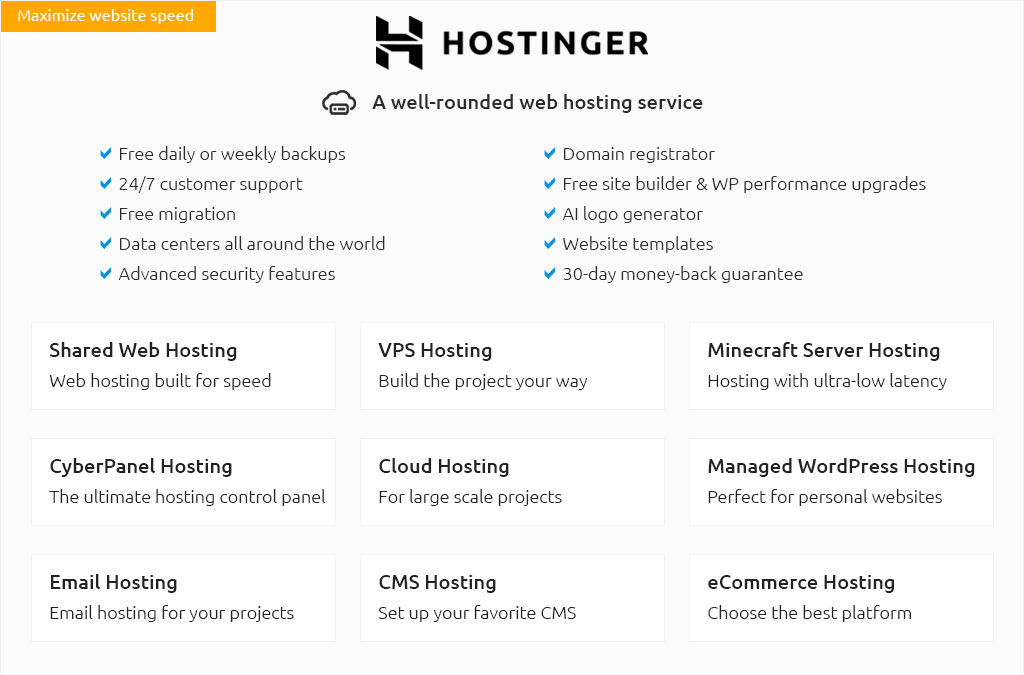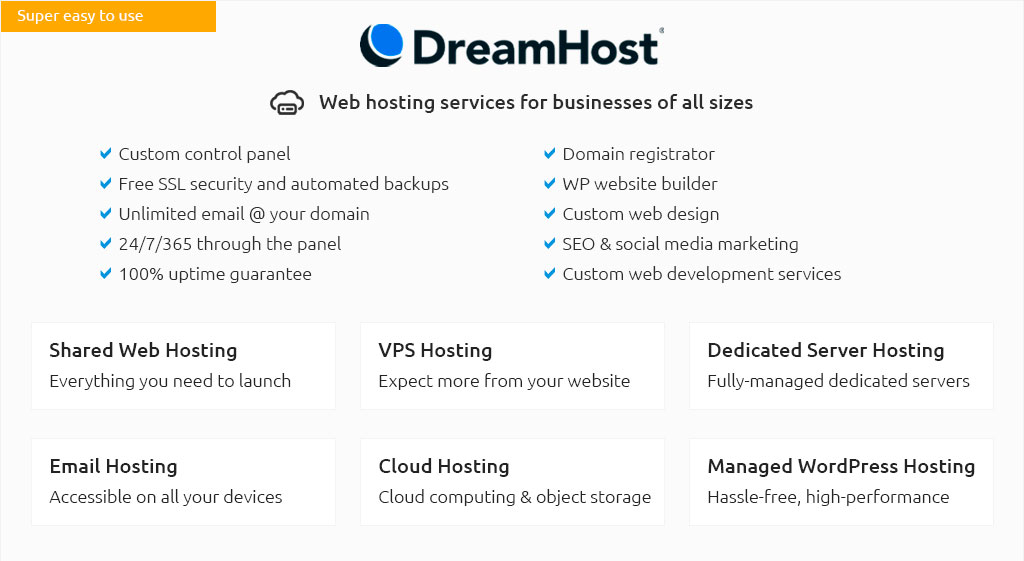 |
|||
 |
 |
 |
|
 |
|
 |
 |
 |
|||
 |
|||
 |
|||
 |
|||
 |
 |
A Comprehensive Look at AWS Dedicated Server PricingIn the ever-evolving landscape of cloud computing, Amazon Web Services (AWS) stands out as a formidable leader, offering a plethora of options to cater to various business needs. One of the most sought-after services is the AWS dedicated server, which provides businesses with a robust infrastructure to handle their demanding workloads. Pricing, a critical factor in decision-making, can be somewhat intricate due to the myriad of options and configurations available. This article delves into the nuances of AWS dedicated server pricing, offering insights into what businesses can expect when opting for this service. To begin with, AWS dedicated servers are physical servers dedicated to a single customer. This exclusivity ensures enhanced security, compliance, and performance, making them ideal for organizations with specific regulatory requirements or those needing predictable performance. The pricing structure, however, reflects this premium service level. Generally, AWS pricing for dedicated servers includes several components:
Additionally, pricing can vary significantly based on the server's specifications. Factors such as the number of vCPUs, memory size, storage capacity, and additional features like enhanced networking or GPU support influence the cost. AWS offers a broad range of instance types, from general-purpose servers to those optimized for compute-intensive tasks, allowing businesses to select the configuration that best suits their needs. It's also noteworthy that AWS frequently updates its offerings and pricing, reflecting advancements in technology and market dynamics. Keeping abreast of these changes can help businesses optimize their cloud spending effectively. In conclusion, while AWS dedicated server pricing may initially seem complex, it is designed to offer flexibility and choice, allowing businesses to tailor their infrastructure costs to their specific requirements. By understanding the different pricing models and server configurations, organizations can make informed decisions that align with their financial and operational objectives. For those new to AWS, leveraging resources such as the AWS Pricing Calculator can be invaluable in estimating costs and planning budgets. Ultimately, the decision to invest in AWS dedicated servers should be guided by a thorough assessment of current and future needs, ensuring that the chosen solution delivers maximum value and performance. https://docs.aws.amazon.com/AWSEC2/latest/UserGuide/dedicated-hosts-billing.html
Payment Options - On-Demand Dedicated Hosts - Dedicated Host Reservations - Savings Plans - Pricing for Windows Server on Dedicated Hosts ... https://aws.amazon.com/ec2/pricing/dedicated-instances/
$2 per hour - An additional fee is charged once per hour in which at least one Dedicated Instance of any type is running in a region. Notice: Red Hat has made ... https://aws.amazon.com/ec2/dedicated-hosts/pricing/
The price for using Windows Server AMIs is $0.046 per hour per vCPU. For example, if you use a Windows Server AMI to run a r5.large instance (2 vCPUs) on a host ...
|